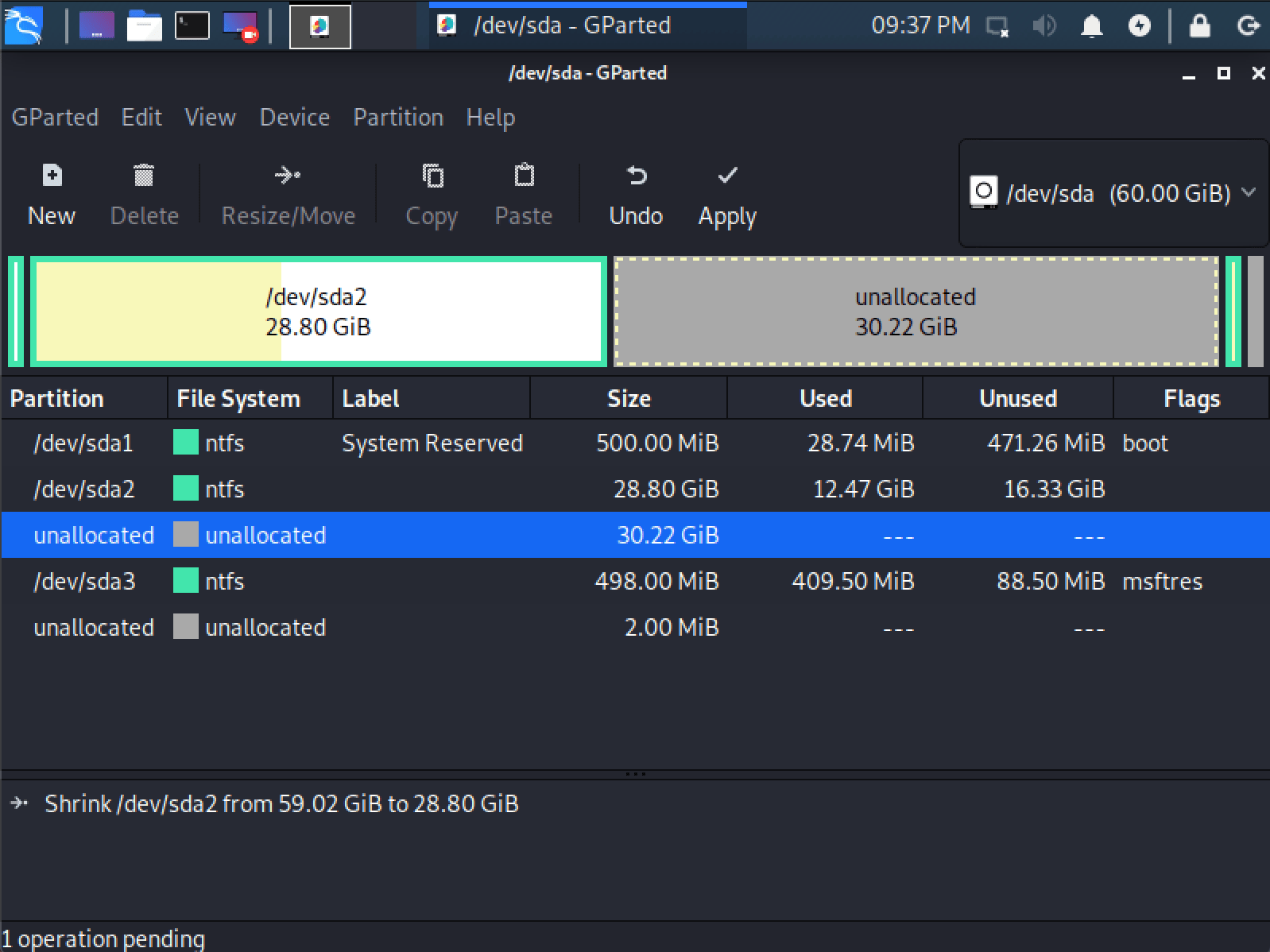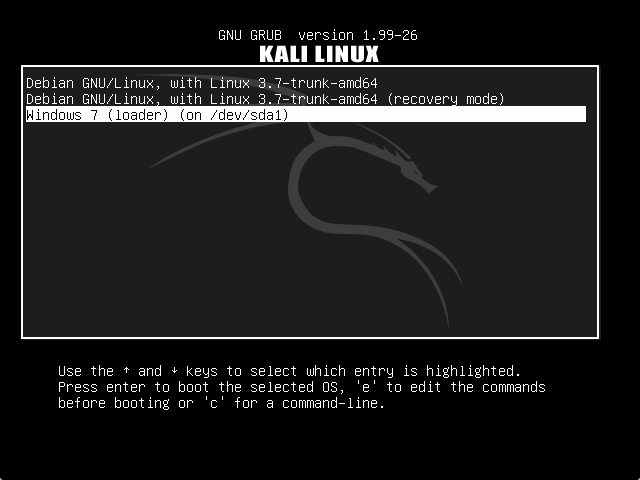

Question: Does the above problem exist if Kali were booted via Live Persistent USB, or Fully installed USB.


Now this could potentially brick the whole machine if accidents/mistakes were made while having this root privilege, if Kali installed through dual boot (windows) I understand that Kali usually operates on root, and to perform various attacks, most of the time root access is required. For Fedora I usually just use Fedora Media Writer.I am currently operating Kali Linux on a virtual machine with windows 10 as host, and would like to switch to a USB boot. See Picture.ĭo you think that will do any good? I've created multiple other bootable USBs before. But make sure you put it into /EFI/Boot folder in your USB along with the 3 files in step 4 and change the name to grub.cfg. Note: You can download the file here too: grub.txt. Create a file named grub.cfg in /EFI/Boot in your USB with the following contents: Then put them into /EFI/Boot folder you created in step 3.ĥ. Download boot圆4.efi, MokManager.efi (don't know if this is needed, but I just do it anyway), and grub圆4.efi from here: Create a folder /EFI/Boot in your USB (You now have some data of Kali Linux in your USB already). I haven't gotten to it yet, just got home from work. I did get RUFUS before work this morning. I use it to make all sorts of Operating systems from Linux, o2warp, eos and more. I then tried creating a bootable USB stick with "Win32DiskImager." isn't the best solution to make Kalli on a usb, go get RUFUS : Help would be much appreciated as my career and school depends on this. I've seen many threads about this, but nothing seems to work for me? But I am at a total loss, as to why I simply can't create a working bootable USB, when I've done that multiple times before with other OS. I am familiar with Kali, using it through virtualbox for school and hobby. I've literally tried everything for 4 hours now and I can't seem to be able to install Kali as my main OS. That runs for 3 seconds and brings me back to the install screen with multiple options. "there was a problem reading data from the cd-rom." I then chose graphical install and once I go through language and country selection I get this message: So then I boot with the USB stick and get greeted with the familiar Kali installer, giving me multiple options. Under UEFI I don't get any options really, but under Legacy it lists my USB stick. I plugged that into my other Desktop which is running Fedora. I then tried creating a bootable USB stick with "Win32DiskImager." For Fedora I used Fedora media writer and it worked just fine, as I installed Fedora on an old desktop as main OS.

So I figured I'll create another bootable USB like I did with Fedora before. Which is terrible, because Kali won't even work without be turning off Secure Boot, which defeats the purpose. Hey, so I've been using Kali for a while now as a virtual image on VirtualBox, on my Linux Fedora KDE.


 0 kommentar(er)
0 kommentar(er)
